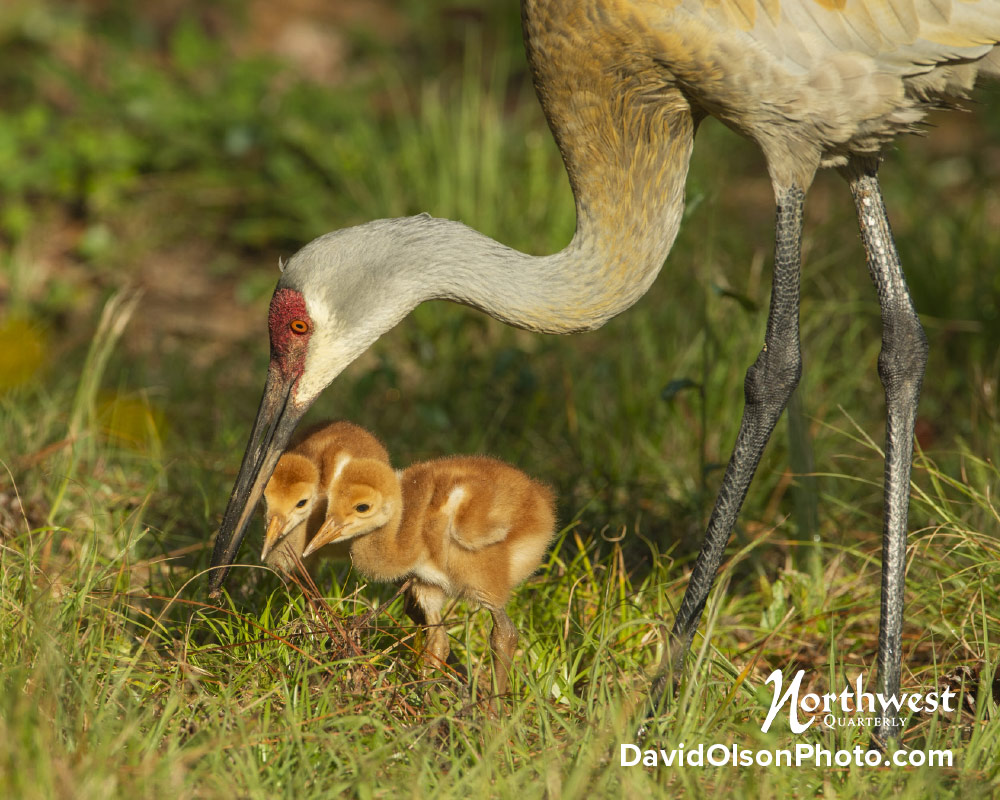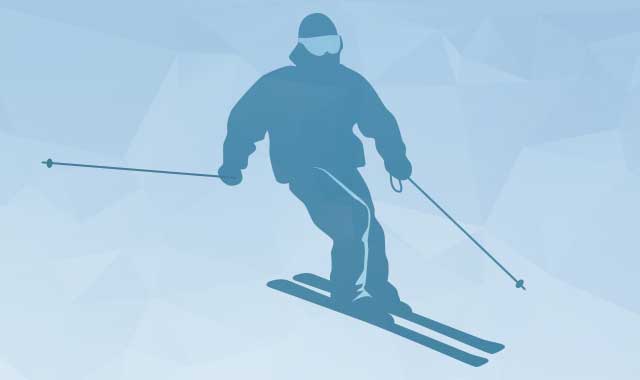Every spring brings with it the arrival of new life. This miracle of nature comes in shapes big and small, and always right on time. Nature photographer David Olson has spent many years capturing the innocent moments between animals and their tender young, and here he displays some of his favorite aww-worthy scenes.

Spring always carries the promise of newborn animals. This is a time of renewal as the last signs of winter disappear and new flowers, leaves, warm air and local wildlife start anew.
Just like human children, wild animals grow up in stages. When they are newborn, they cling tightly to their mother’s side. As they grow older, they may seek distance from their parents to roam around, step out on a branch or swim by themselves. The distance and freedom become greater until they can support themselves.
It is during this time that humans can disrupt the natural process of learning, and that can be detrimental to wild babies. Baby animals need time to grow, get strong and learn on their own. They also need to learn how to find food and avoid predators.
Behaviors that are known at birth are called instincts. These are hardwired into the brain and cannot be learned. Most, if not all, animals have certain instincts that help them survive this crucial time. Most young, whether hatched or born alive, are able to survive on their own with little help from their parents.
In mammals, on the other hand, we see fewer instinctive behaviors and more learned behavioral traits, just like human babies. During this time, the parents help feed and protect the young as they learn to survive.
If you happen upon a wild baby animal, it’s best to leave it alone. If you have found an injured animal, call a certified animal rehabber, such as Hoo Haven in Durand, Flint Creek Wildlife Rehabilitation in Barrington and Fox Valley Wildlife Center in South Elgin. They are the experts who can help rescue the critter.
From a distance, enjoy this wonderful miracle of our wild baby neighbors this spring. They deserve privacy, peace, freedom and a safe place with food and water.
My time behind the camera documenting and photographing in spring has taught me so much about my wild subjects. I have witnessed so many loving and caring moments from wild animal parents that it reminds me of the same joys humans experience in the first months of a new life.
When David C. Olson isn’t in the studio, he can be found in some of North America’s wildest locations, photographing elusive creatures and gorgeous landscapes. His images of our natural world have been seen worldwide in books, calendars, National Wildlife Federation and National Geographic. For more on David Olson, check out davidolsonphoto.com.

































































